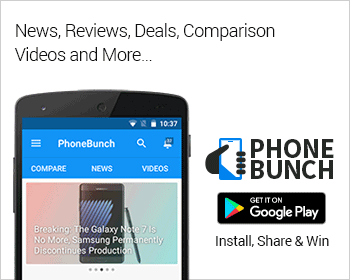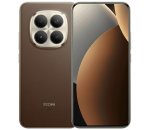- Home
- Amazon
- Amazon Kindle Fire
- Reviews
Amazon Kindle Fire Reviews
Amazon Kindle Fire Review at Engadget
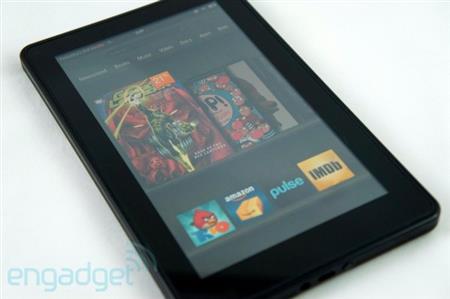
The Kindle Fire is quite an achievement at $200. It's a perfectly usable tablet that feels good in the hand and has a respectably good looking display up front. Yes, power users will find themselves a little frustrated with what they can and can't do on the thing without access to the Android Market but, in these carefree days of cloud-based apps ruling the world, increasingly all you need is a good browser. That the Fire has.
When stacked up against other popular tablets, the Fire can't compete. Its performance is a occasionally sluggish, its interface often clunky, its storage too slight, its functionality a bit restricted and its 7-inch screen too limiting if you were hoping to convert all your paper magazine subscriptions into the digital ones. Other, bigger tablets do it better -- usually at two or three times the cost. Read more...
Amazon Kindle Fire Review at CNET
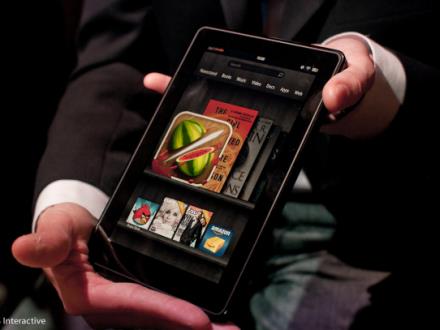
The Kindle Fire marks an important milestone in the history of tablets. While the industry has been competing with Apple for the claim of the fastest, thinnest, or most feature-packed tablet, Amazon started in on its own slow race to make the first "good enough" tablet at a game-changing price. If you remember what Netbooks did to the laptop industry, this probably feels like deja vu.
But Amazon's triumph isn't just about making cheap hardware. The Kindle Fire is a product that stands on Amazon's years of hard work building out its e-book and digital media offerings, its app store, and its Cloud storage and processing technologies. Read more...
Amazon Kindle Fire Review at PCMag
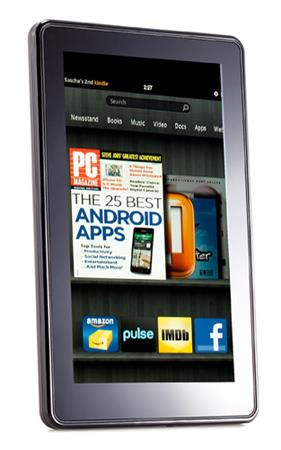
The Kindle Fire is one of a kind, at least this week. It's the first affordable, easy-to-use general-purpose tablet. It doesn't replace the Apple iPad: It complements the iPad, which is bigger, more powerful, more expensive, and has far more apps. While there are other good small tablets out there, most notably the Acer Iconia Tab A100 , they're also more expensive and just more fiddly. While geeks have more options with a "generic" Honeycomb tablet, non-geeks get less guidance as to what to do with them.
I can't emphasize this "ease of use" thing enough. More than anything else, that's what's been holding non-iPad tablets back. Amazon cracked it. End of story.
Yes, the Kindle Fire is missing features that will make some people scream. It has no camera, no Bluetooth, and no microphone. And if you don't get your videos from Amazon, you'll find storage very limited. But Amazon has correctly identified the features most people use, and pared away the rest to cut costs. Folks looking for those extra features can still turn to Acer's excellent Honeycomb tablet. Read more...
Amazon Kindle Fire Review at Gizmodo

If you like what Amazon Prime has going on in the kitchen, the Fire is a terrific seat. It's not as powerful or capable as an iPad, but it's also a sliver of the price—and that $200 will let you jack into the Prime catalog (and the rest of your media collection) easily and comfortably. Simply, the Fire is a wonderful IRL compliment to Amazon's digital abundance. It's a terrific, compact little friend, and—is this even saying anything?—the best Android tablet to date. Read more...
Amazon Kindle Fire Review at LaptopMag

The Kindle Fire isn't an iPad killer, but it is a killer deal. At $199, it's really hard to beat the package Amazon has put together. Assuming you're willing to carry a smaller 7-inch device, it combines an easy-to-use interface and one-tap access to loads of content in a well-built design. While you do need to sacrifice some features, such as dedicated volume controls and a camera, the Fire has single-handedly made pretty much every other tablet under $400 irrelevant.
And that brings us to the only other bonafide challenger in this price range: the Nook Tablet. That $249 tablet promises a better display and offers more RAM and storage, but also costs $50 more and doesn't have a built-in music or video store. Yes, the Fire can be slow to respond at times--and the Silk browser will take time to live up to its potential--but overall we highly recommend this slate for shoppers on a budget. Read more...
Amazon Kindle Fire Review at Wired
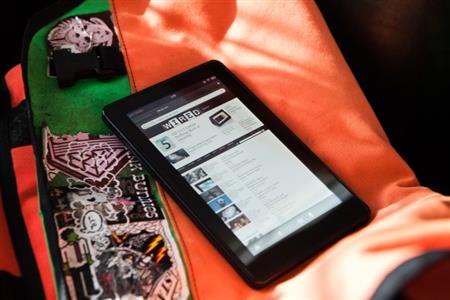
A great platform for casual video playback. A perfectly fine Android 2.3 app device. A price that pleads “buy me,” repeatedly, until you crack a big grin, and give in like a good-natured father buying trinkets for the kids at Wal-Mart.
Small screen size and insufficient processing power. Crap browser performance. Near useless as a magazine reader, and roundly trumped by superb e-ink Kindles as a book reader. Read more...
Amazon Kindle Fire Review at TechRadar
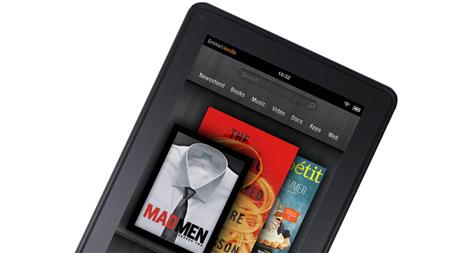
The Amazon Kindle Fire still represents astonishingly good value for money. Perhaps the best gadget bargain of this era. The company has unquestionably succeeded in doing what it set out to; to produce a brilliant media consumption device that doesn't break the bank. It's a solid tablet perfectly tailored to its aim of pushing you to buy digital content from Amazon. It isn't an all-singing, all-dancing device that ticks all the boxes, but it doesn't attempt to be. It's is an enjoyable device to use and defies its price point in almost all areas.
However, because of the limitations we've mentioned above, this can't be an iPad Killer. The iPad does absolutely everything better and so it should at double the price. People who want an iPad will still buy one. However, due to the sheer number of Kindle Fire devices that will sell, it is the first device that can truly compete. Read more...
Amazon Kindle Fire Review at PCWorld
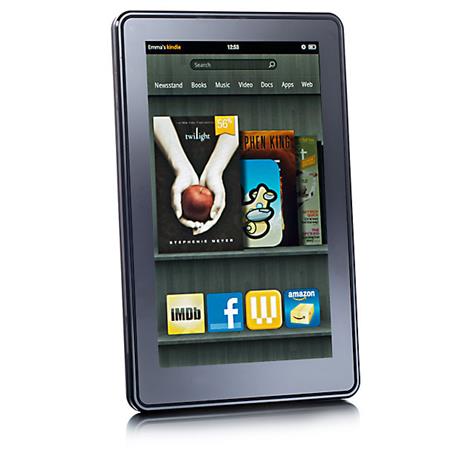
The Amazon Kindle Fire makes trade-offs to achieve a $200 price. It's easy to dismiss some of the compromises and weaknesses of the Kindle Fire as the sacrifices necessary to achieve a price point, but the reality is that the Fire may not meet your expectations if you're looking for an Apple iPad 2-like tablet.
For those people who go in knowing what they're getting, and who want an inexpensive tablet that capably--though not spectacularly--handles their Amazon books, music, and video, the Kindle Fire's limitations may be acceptable. However, the Fire falls far short of providing a full and satisfying tablet experience. Read more...

 Comments
Comments